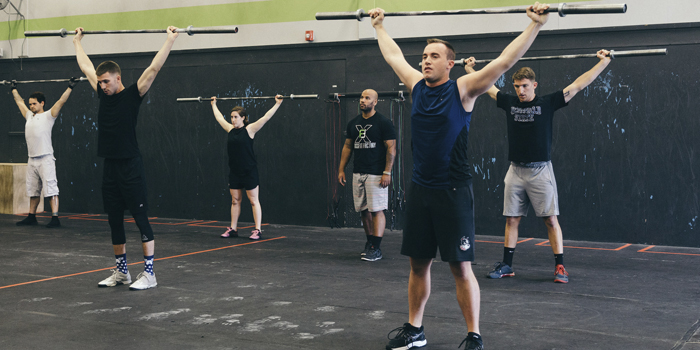
If you’re an avid reader of elitefts, you’re already well aware that this site has a wealth of information when it comes to increasing the big three, athletic development, and bodybuilding. Of course, many of these concepts can (and should) be applied even if your goals are modest and you’re not looking to compete in any particular sport. However, we need to be mindful of some things when it comes to ensuring that we get the most out our hard work (even if you’re a weekend warrior whose only goals are to look and feel better).
In this article, I hope to expound upon the often-forgotten aspect of development: recovery.
In this day and age, people are pressed for time and are chronically stressed out, not to mention that most don’t have great sleeping or eating habits, which can completely negate the effect of even the best program. One of the most significant aspects of training is being able to monitor how your body responds to stress and to optimize your recovery. Your ability to recover is arguably one of the most misunderstood and undervalued aspects of strength and conditioning.
RECENT: What’s Missing in Box Programming
Most people who gravitate to things like powerlifting or box programming have a Type A personality and are very goal-oriented in addition to being competitive both with themselves and with their peers. Although these are undoubtedly great traits to have, these strengths can also put you at a disadvantage.
Let’s discuss this further so that you can avoid these common pitfalls.
Listen to Your Body, Not Your Ego
There are days when you’re just not “feeling it,” or maybe you have a nagging injury, and one particular movement exacerbates this pain. The smart thing to do would be to take an active recovery day (low-intensity cyclical work) or to avoid movements that cause further pain. Make sense, right? Even though this makes sense and seems like a no-brainer, Type A folks will often ignore these signs and “push through the pain,” which can create a myriad of other issues. Regardless of what your peers are doing, do not ignore these signs. The bigger picture is your health and longevity, and if you aren’t smart, you can overtrain or injure yourself to the point that training won’t be an option.
Quality > Quantity
Our society would have you believe that if you work harder, you’ll get better results. Social media is saturated with athletes who run themselves into the ground on a daily basis with their training, which is just NOT feasible. Do not be persuaded into thinking that this is a prudent approach. Many studies prove that exercising more does not lead to better results. Investing in high-quality work that balances intensity and volume is a better option. More is not better; better is better.
Decrease Your Training Frequency
You’re probably thinking, “How am I going to get a six-pack if I train less?” The answer is simple: Your gains are made outside of the gym. If you’re under-recovered, you’ll set yourself up to gain adipose tissue (fat), as this is your body’s natural response when stress levels are too high, too often. Don’t believe me? Look at the physique of a marathon runner and the physique of a sprinter. Which athlete do you think trains for longer durations?
Separate Your High-Threshold Work
High-intensity training works—we know that. But too much of anything is a bad thing. Trainees often make the mistake of going balls-to-the-wall in EVERY. SINGLE. TRAINING. SESSION. The only thing this accomplishes is setting yourself up to overtrain. A better answer is to separate your highest-intensity work by a minimum of 72 hours. Things like max effort lifts, maximal output conditioning work, globally demanding movement patterns with appreciable loading, or high cycle rates cannot be done every day. These types of sessions should take place only every 72 hours, which means you’ll likely have two high-demand sessions a week (max effort upper/lower and dynamic effort upper/lower).
Include Active Recovery Measures in Your Programming
A good way in which to bridge the gap between your high-threshold sessions is by including recovery measures. Things like low-intensity aerobic work that can be sustained for long periods of time will help to facilitate recovery and decrease the sympathetic response (fight or flight). This can also put you in more of a parasympathetic state (recovery) and prepare you for your next training session. You may be thinking, “Won’t slow aerobic work make me lose muscle?” No, it will not! This is a misconception that coaches who have not educated themselves on the intricacies of energy systems training have perpetuated. Put simply, having a more efficient aerobic system can improve anaerobic qualities (max effort lifts) by improving your efficiency to replenish ATP, as well as facilitate your recovery. Let’s not forget that aerobic work can improve your cardiac health, and I’m not sure there are many people who don’t want to live longer (who doesn't want to live longer?).
Single-Joint Work Should Be a Mainstay in Your Programming
At Westside Barbell, the world’s strongest gym, the programming is 80% “special exercises,” which are smaller movements directed at improving where the individual is weakest. Bodybuilders use these same methods to improve their muscular hypertrophy, so not only will you improve your body composition but also you’ll improve your muscular imbalance, thereby decreasing your risk of injury, and you’ll also avoid the risk of overtraining because these movements are very low demand. Additionally, single-joint movements tend to be very low skill, so there shouldn’t be a huge learning curve when you are incorporating new movements into your programming.
Think Outside the Box
One of the biggest mistakes people make is doing what’s comfortable for them. After roughly six exposures to a movement, you’ll adapt, and if you fail to rotate exercises, you’ll likely suffer from the law of accommodation and invariably go backward with your progress (Simmons, 2015). Rotate your special exercises at a minimum of every other session, but rotate your high-demand movements (like your max effort squats, pulls, and presses) every session. An endless number of variations exist, so there should be no chance of getting “stale” with the same movement patterns.
Keep Your Sessions Short and Concise
We’ve already talked about less being more when it comes to training, but the length of your sessions is also another place where people miss the mark and train for far too long. The cost of doing this comes from more of a hormonal perspective; serum testosterone levels decrease after 60 minutes of training, and cortisol increases. You don’t need to be an exercise physiologist to know that this will cause you to incur the opposite of what your goals are. With that being said, have a plan before stepping into the gym, and make sure that you’re in and out in under an hour.
Follow a Template
To bring together everything we’ve talked about, we’ll need an organized plan that ensures that we are maximizing our results and recovery. Without a descriptive template, you’ll merely be a fish without water. As Louie Simmons says, “If you fail to plan, you plan to fail.”
Seek the Help of a Professional
With the wealth of knowledge of hundreds of legitimate coaches available at our fingertips, it’s not too hard to enlist the help of a pro to help to steer your ship. People often underestimate the knowledge needed to write efficient programming, but this process has many, and it does not make sense to guess when it comes to your health and safety. Do your homework first, though, as many “coaches” and “experts" out there may have a great physique or deadlift but zero experience.
The most significant aspect of your progress is optimizing both your time in the gym and your time outside of it. Without a plan that takes into account your inherent levels of stress and provides a concise scope of work that balances these levels of stress, you’ll run the risk of burnout and/or injury. I’d highly recommend seeking the help of a qualified coach, as your health and longevity deserve it!
Six-Week Plan—Make Recovery Great Again
Included is a six-week plan (download) to help maximize your recovery as well as your strength and hypertrophy.










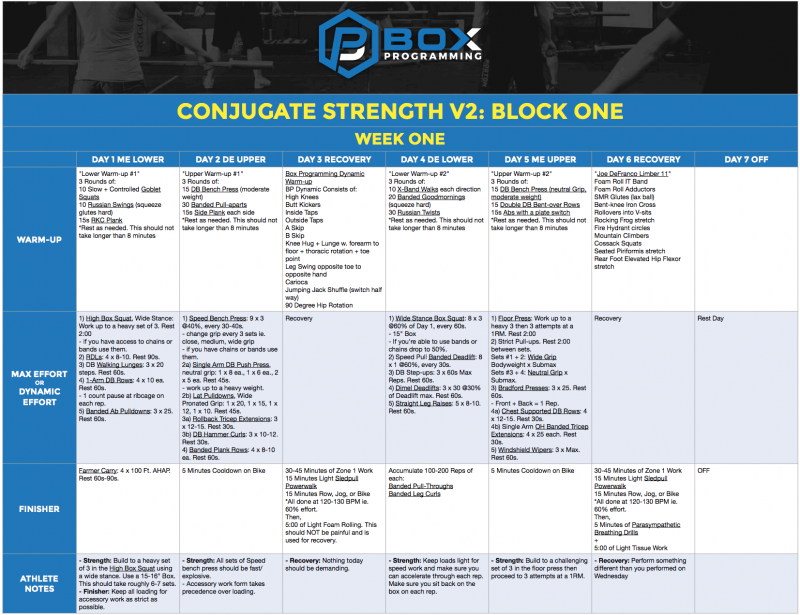
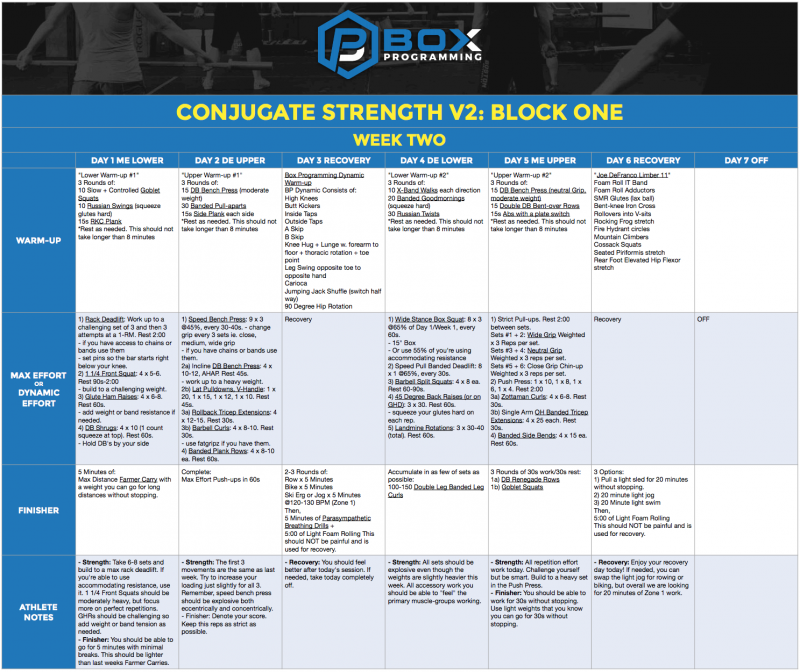
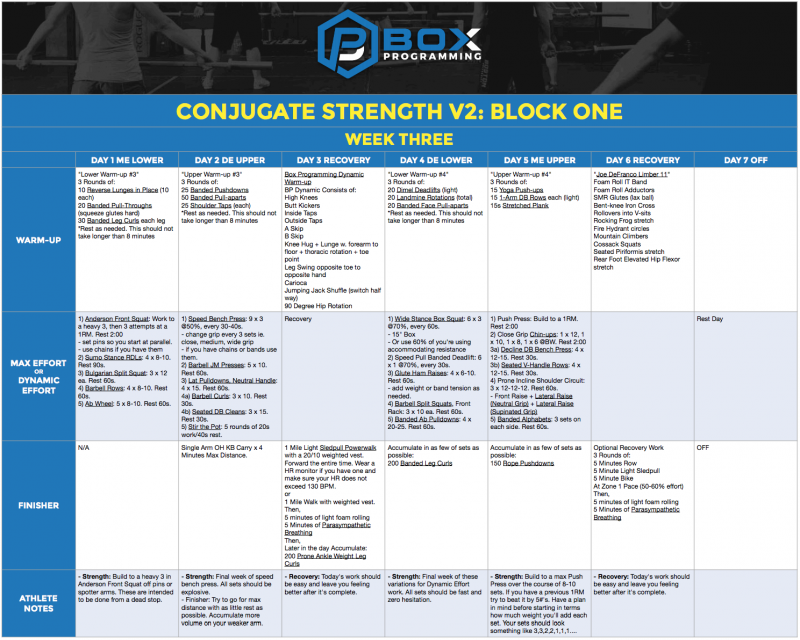
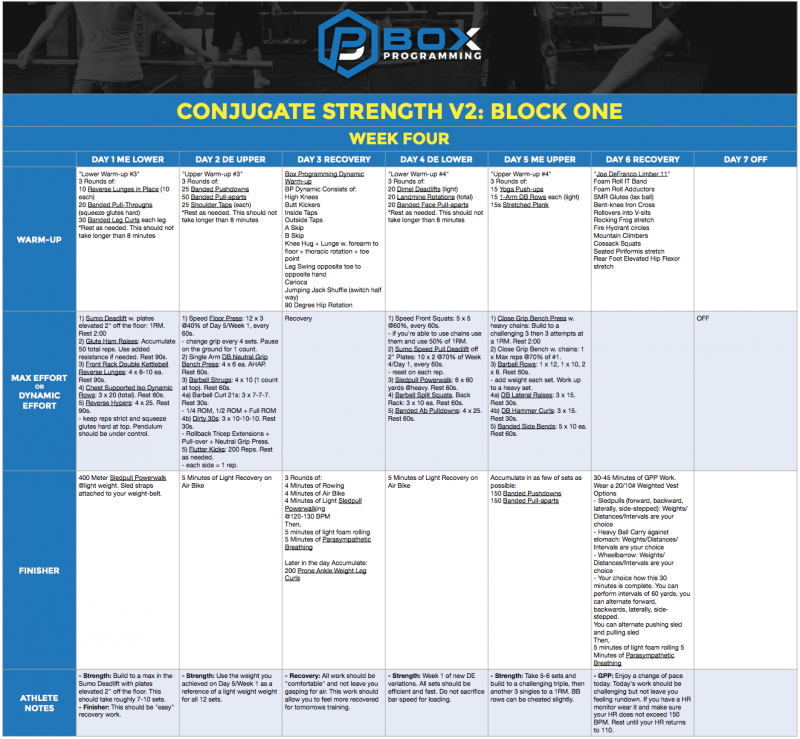
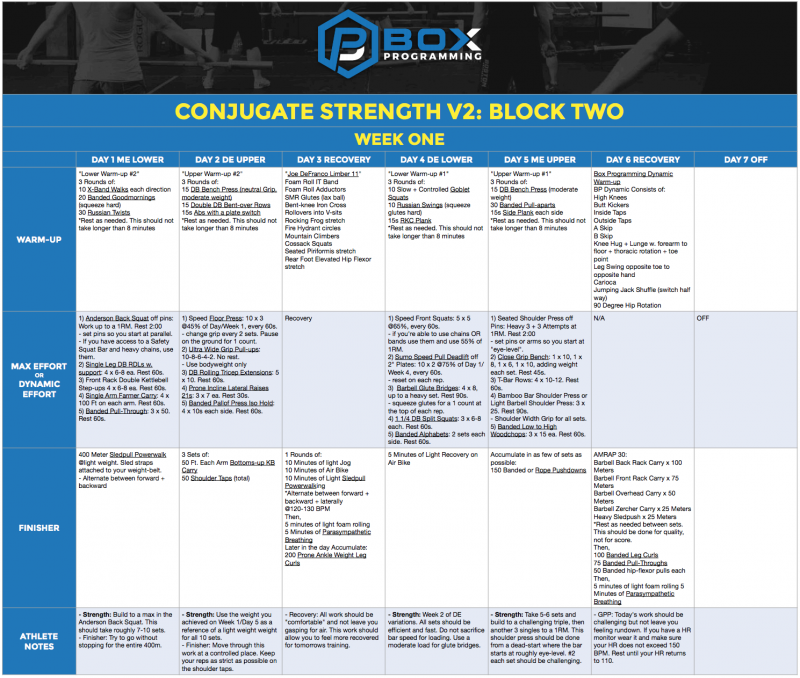
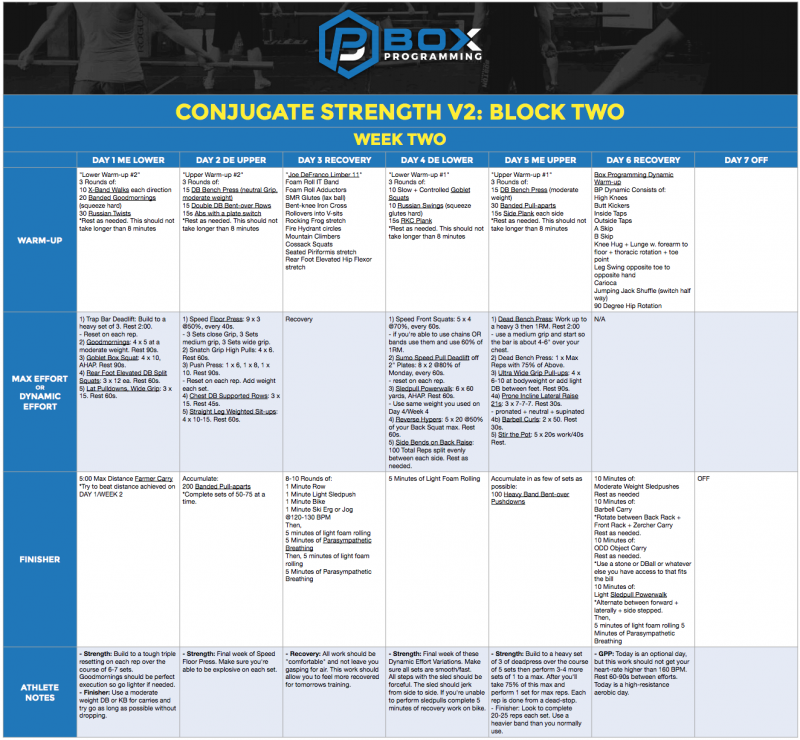
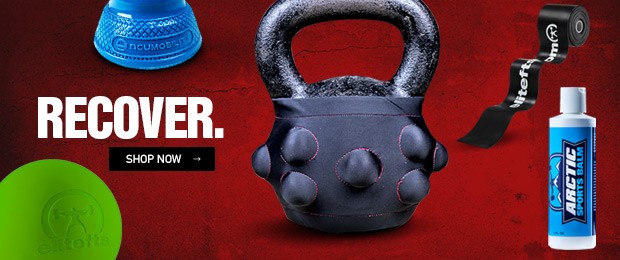
I at a minimum have found that i can hammer away at a lift and make incremental progress for 3 weeks before rotating to another similar lift with the PURPOSE of my goal lift in mind.
Thanks,
-JG
In this sense where technique needs to be developed, I'll program the classic lifts for Dynamic Effort Work, with no accommodating resistance. This will allow these folks to spend 3-weeks on really dialing in technique focusing on efficiency.
In this setting I've worked with the folks (group programming) this works incredibly well to develop proper movement patterns, but also prevent boredom as we are switching variations every 3 weeks?
Does that make more sense?
Cheers,